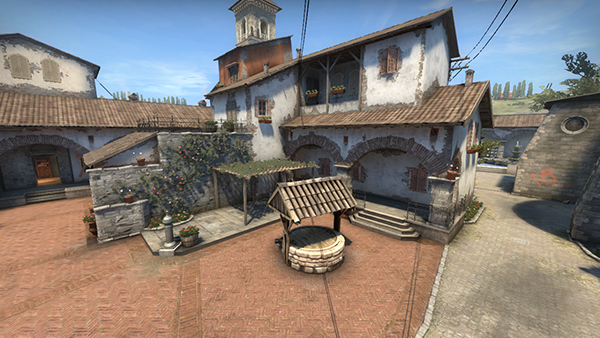Insightful Updates
Stay informed with the latest news and trends.
Veto or Be Vetoed: Navigating the CSGO Map Ban Game
Master the CSGO map ban game! Discover strategies to dominate and avoid being vetoed. Your guide to victory starts here!
Understanding the CSGO Map Ban Process: A Comprehensive Guide
The CSGO map ban process is a crucial aspect of competitive gameplay that influences team strategies and match outcomes. Understanding how this process works can give players a significant edge in tournaments and casual matches alike. During a typical match setup, each team will engage in a series of bans that help determine which maps will be played. The process typically begins with a coin flip, where the winning team gets the first choice in banning a map. This critical decision sets the stage for subsequent bans from both teams, often leading to a tactical back-and-forth that can shape the flow of the game.
There are several factors that teams consider when executing the CSGO map ban process. Primarily, teams evaluate their own strengths and weaknesses on various maps, alongside an analysis of their opponents’ preferences. Some players may reference past match data, while others rely on instinct and experience. Common strategies involve banning maps that are known to favor the opposing team or maps on which the team feels least comfortable. Ultimately, this process not only impacts which maps will be played but also significantly affects the overall strategy teams adopt moving forward in the match.

Counter-Strike is a popular tactical first-person shooter game that emphasizes team-based strategy and skillful gameplay. Players can customize their experience, including how to change starting pistol cs2, to enhance their performance in matches.
Top Strategies for Winning the Map Ban Game in CSGO
In the competitive world of CS:GO, one of the essential aspects that can determine the outcome of a match is effectively winning the map ban phase. A well-executed strategy during this crucial time can set the stage for your team's success. First and foremost, it’s vital to understand your team’s strengths and weaknesses relative to the available maps. List out the maps your team excels at and start banning those that your opponent is skilled on. This will not only limit their options but also increase your chances of playing on a map you're comfortable with.
Another strategy to consider is to discuss openly with your team before entering the ban phase. Create a prioritized list of maps you want to get rid of in a best-of-three scenario, as each map can bring different challenges. Additionally, studying your opponents' past performances on specific maps can give you a competitive edge. In summary, being well-prepared, communicating effectively, and knowing both your and your opponents' strengths will significantly enhance your ability to dominate the map ban game.
What Makes a Map Ban Decision Critical in Competitive CSGO Matches?
In the high-stakes world of competitive CSGO, the decision to ban a map can significantly influence the outcome of a match. Teams analyze their strengths and weaknesses meticulously before arriving at a ban decision, as certain maps may favor the opponent's playstyle or allow them to exploit specific strategies. For instance, a team renowned for their tactical executions might want to eliminate a map that promotes quick engagements, where their adversaries thrive. This critical decision-making process not only affects the immediate match but can also set the tone for a team’s overall performance in the tournament.
Moreover, understanding the meta-game is another compelling reason why a map ban decision carries weight in competitive play. As teams adapt to prevalent strategies, some maps become almost automatic choices for bans due to their design favoring specific gameplay methods. By strategically selecting which maps to ban, teams can not only mitigate risks but also gain a psychological edge over their opponents. This aspect of CSGO showcases the importance of preparation and tactical foresight, making each ban decision a pivotal moment that could determine overall success or failure in a competitive setting.